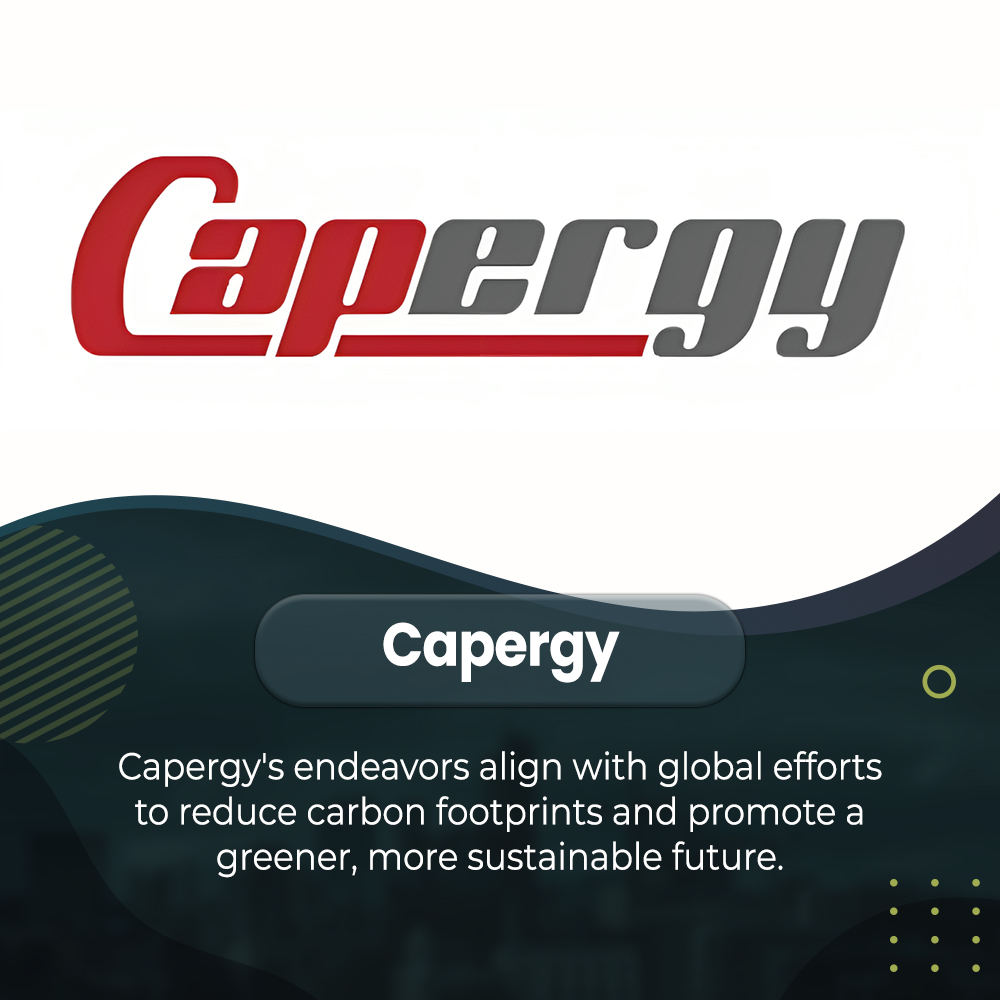
In the quest for cleaner, more sustainable energy solutions, the combination of solar and wind power systems has emerged as a powerful and efficient way to harness renewable resources. This guide provides a comprehensive step-by-step tutorial on setting up a hybrid solar-wind power system, tailored for both enthusiasts and professionals aiming to transition into greener energy solutions.
Understanding Solar Wind Power Systems
Before diving into the setup, it’s crucial to understand what a solar wind power system is. This hybrid system combines solar panels and wind turbines to generate electricity. The beauty of this system lies in its ability to harness energy from the sun and wind, often complementing each other during different times of the day and year. This dual approach ensures a more consistent and reliable energy supply compared to using either technology alone.
Assess Your Energy Needs
The first step in setting up a solar wind power system is assessing your energy needs. This involves calculating your average daily power consumption in kilowatt-hours (kWh). Reviewing your electricity bills or using an online energy consumption calculator can help estimate your requirements.
Site Assessment
A thorough site assessment is crucial for determining the feasibility of installing a solar wind power system. Key considerations include:
- Sunlight Exposure: Ideal locations have clear, unobstructed access to sunlight for most of the day. South-facing installations in the Northern Hemisphere (and north-facing in the Southern Hemisphere) typically receive the most sunlight.
- Wind Speed: Wind turbines require an average wind speed of at least 10-12 miles per hour to be effective. Use local wind speed data and consider the height at which the turbine will be installed, as wind speed increases with altitude.
Choosing the Right Equipment
Solar Panels
Select solar panels based on efficiency, durability, and cost. Monocrystalline panels are highly efficient and perform well in low-light conditions, making them a popular choice.
Wind Turbines
Choose a wind turbine that matches your site’s wind speed characteristics and your energy needs. Turbines are rated by their maximum power output (in kW) at specific wind speeds.
Inverters
You’ll need inverters to convert the DC electricity generated by your solar panels and wind turbine into AC electricity, which is usable by household appliances. Hybrid inverters can handle inputs from both solar panels and wind turbines.
Batteries
For off-grid systems, batteries store excess energy for use when solar and wind power are not available. Lithium-ion batteries are preferred for their long lifespan and high energy density.
Obtaining Permits and Clearances
Before installation, check with local authorities regarding necessary permits and clearances. This step is crucial to ensure your system complies with local regulations and safety standards.
Installation
Mounting Solar Panels
- Roof-Mounted Systems: Ideal for residential installations. Ensure your roof is in good condition and can support the weight of the panels.
- Ground-Mounted Systems: Best for areas with limited roof space or optimal sun exposure. Requires a stable foundation and may occupy significant land space.
Installing Wind Turbines
- Selecting the Location: Place your turbine in an open area, away from obstacles that could block wind flow.
- Tower Installation: The height of the tower should be chosen based on local wind speed patterns. Higher towers catch more wind but are more expensive and difficult to install.
Wiring and Electrical Connections
Connect solar panels, wind turbine, inverters, and batteries following the manufacturer’s instructions. Ensure all electrical work adheres to national electrical code standards. Professional assistance is recommended for this step to avoid any safety hazards.
System Testing and Commissioning
Once installed, test the system to ensure it operates correctly. Check all electrical connections, monitor the system’s energy production, and ensure the inverters are efficiently converting DC to AC power.
Maintenance
Regular maintenance is key to ensuring the longevity and efficiency of your solar wind power system. This includes cleaning solar panels, checking wind turbine blades and bearings, and monitoring battery health.
Setting up a solar wind power system is a commendable step towards sustainable living. While the process involves significant planning, investment, and effort, the benefits of harnessing renewable energy are immeasurable. By following this step-by-step guide, you can embark on a rewarding journey towards energy independence, contributing to a greener planet for future generations. Remember, the transition to renewable energy is not just a technological shift but a movement towards a more sustainable and responsible way of living.